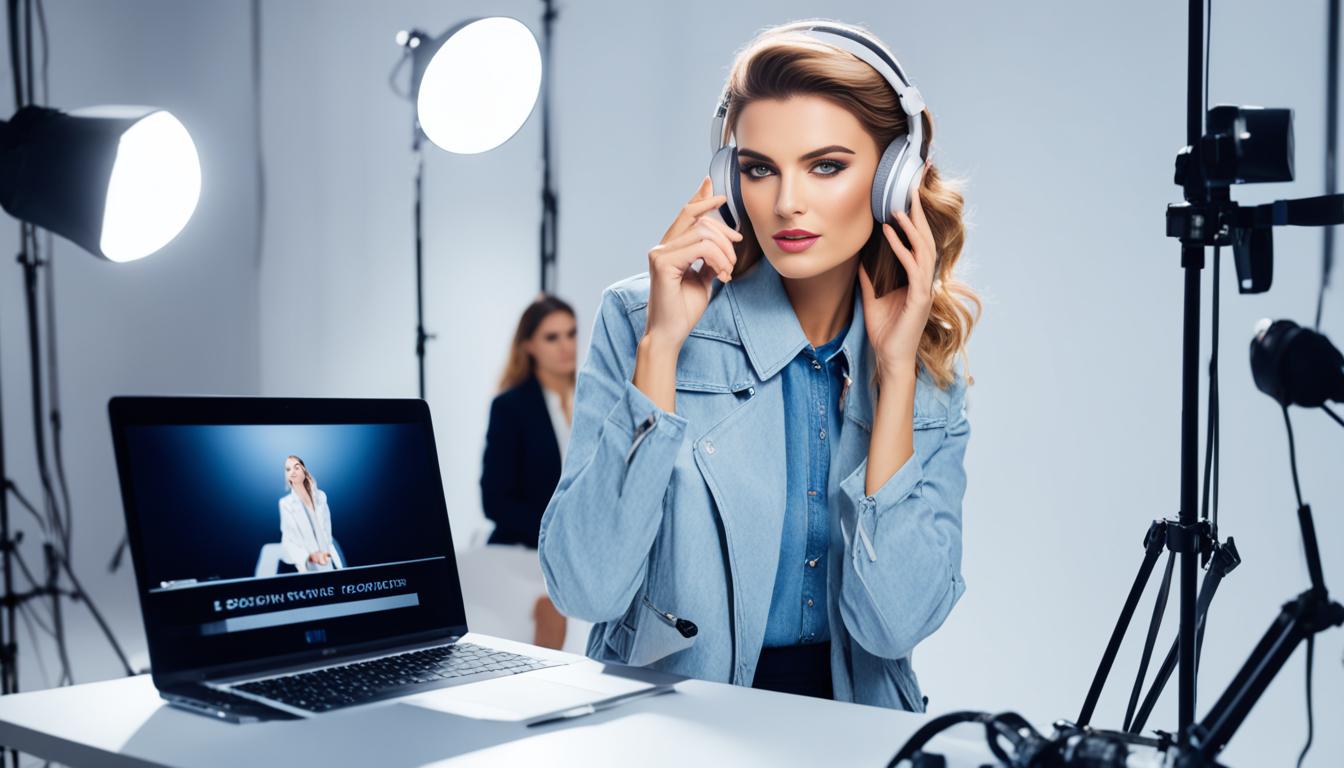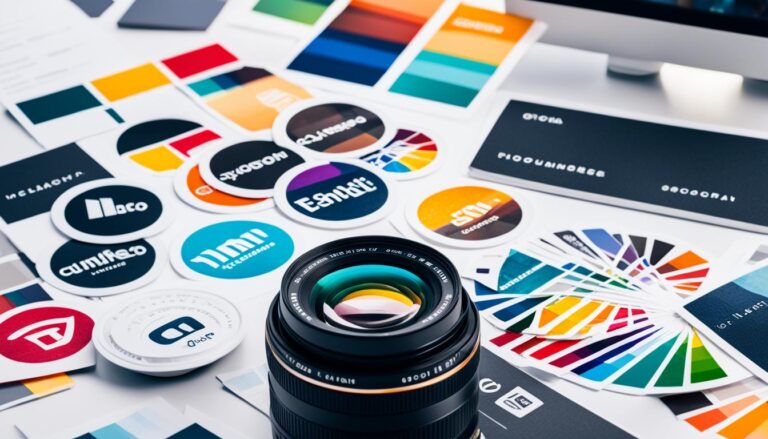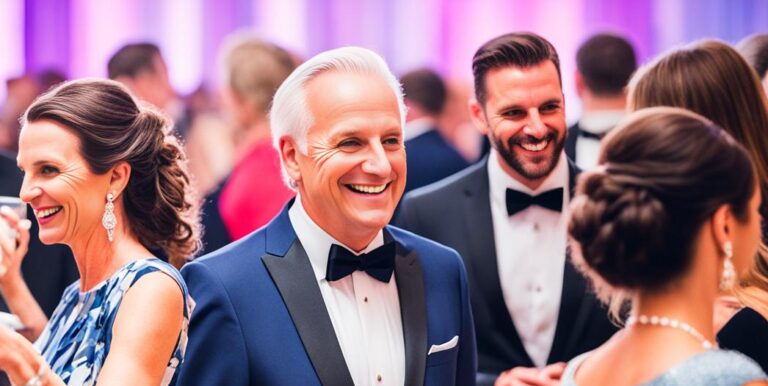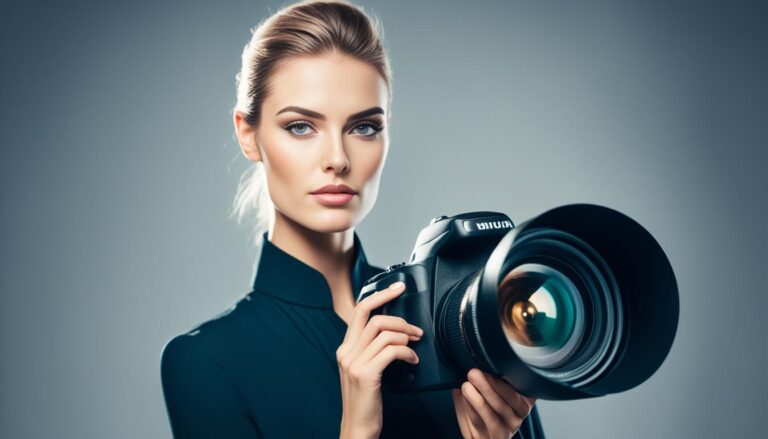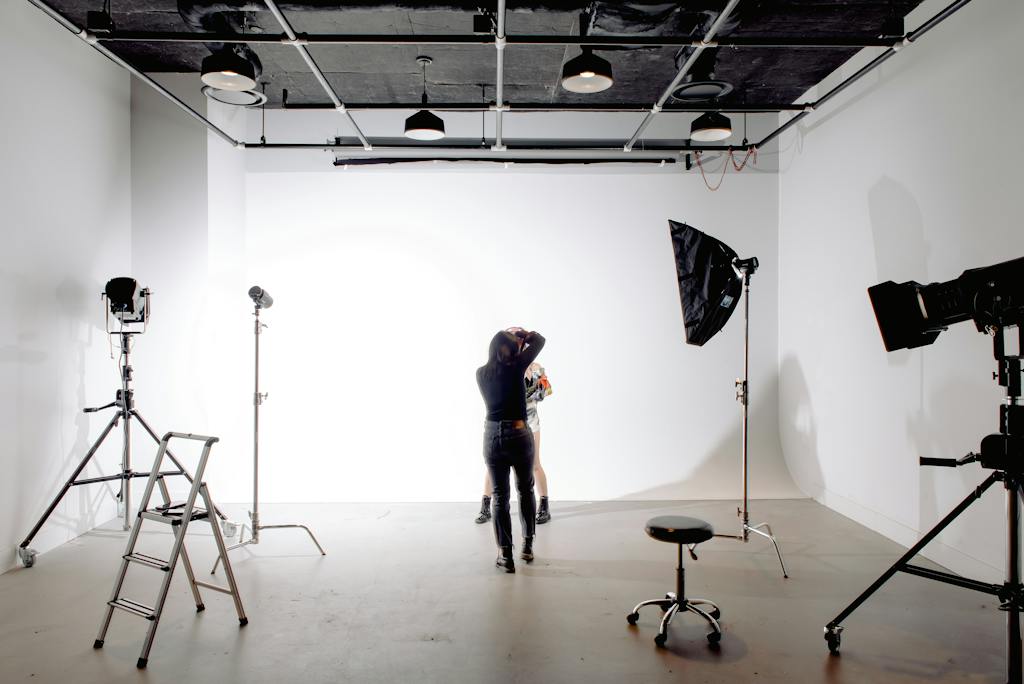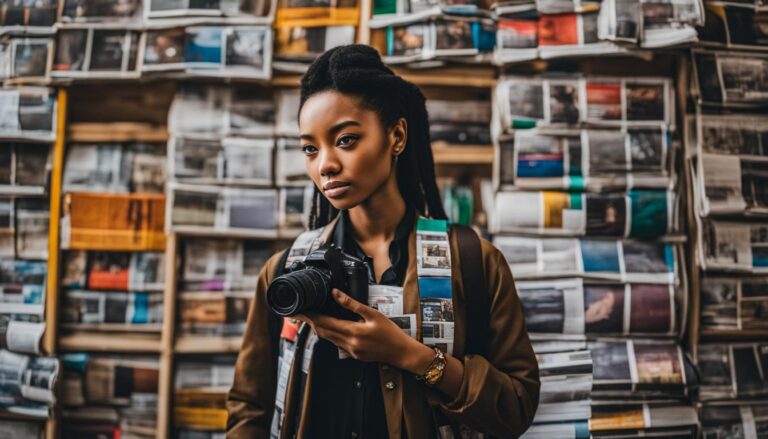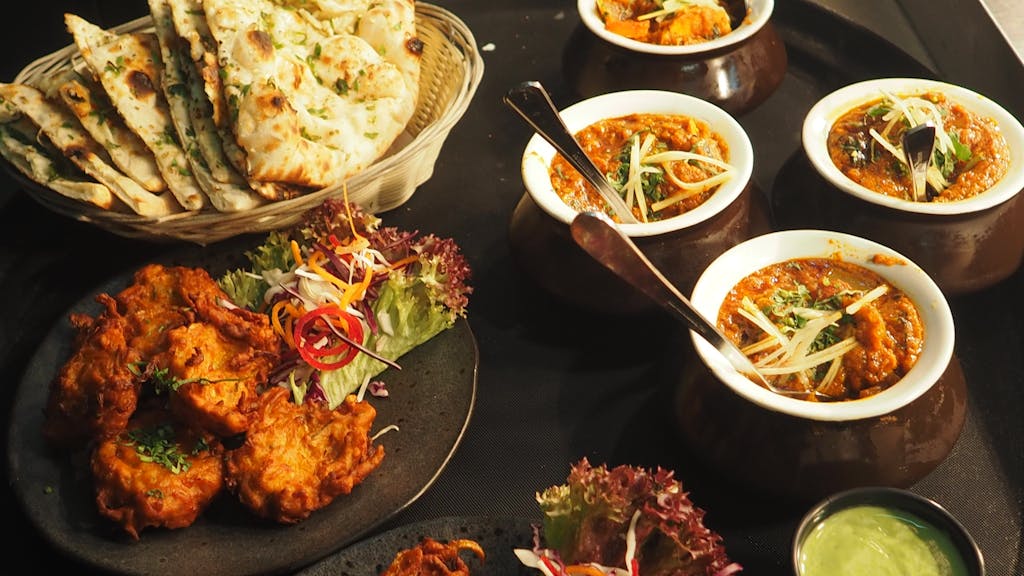How to Become a Fashion Photographer
Becoming a fashion photographer is an exciting and challenging career path. In this article, I will explore the steps and tips to become a successful fashion photographer. From understanding the industry to mastering photography equipment, acquiring fashion insight, gaining practical experience, and investing in specialized training, this guide will provide you with the knowledge and resources you need to kickstart your career in fashion photography.
Key Takeaways:
- Understand the fashion photography industry to prepare yourself for the challenges ahead.
- Mastery of photography equipment is crucial for capturing stunning fashion images.
- Acquire fashion insight by studying fashion history and iconic designers.
- Gain practical experience through assisting established fashion photographers.
- Continuously assess and improve your skills through critical feedback and industry connectivity.
Embarking on Your Journey as a Fashion Photographer
Understanding What Fashion Photography Entails
Before diving into the world of fashion photography, it’s essential to understand what it entails. Fashion photography is about capturing beautiful images that tell a story and showcase fashion artistically. It involves working with models, stylists, and makeup artists to create visually stunning images.
Recognizing the Competitive Nature of the Industry
However, it’s crucial to recognize that the fashion photography industry is highly competitive, with many talented individuals vying for the same opportunities. As a fashion photographer, you must be prepared to work hard and stand out in a sea of talent. Keeping up with the latest trends, developing your unique style, and building your network within the industry are all essential in navigating this competitive field.
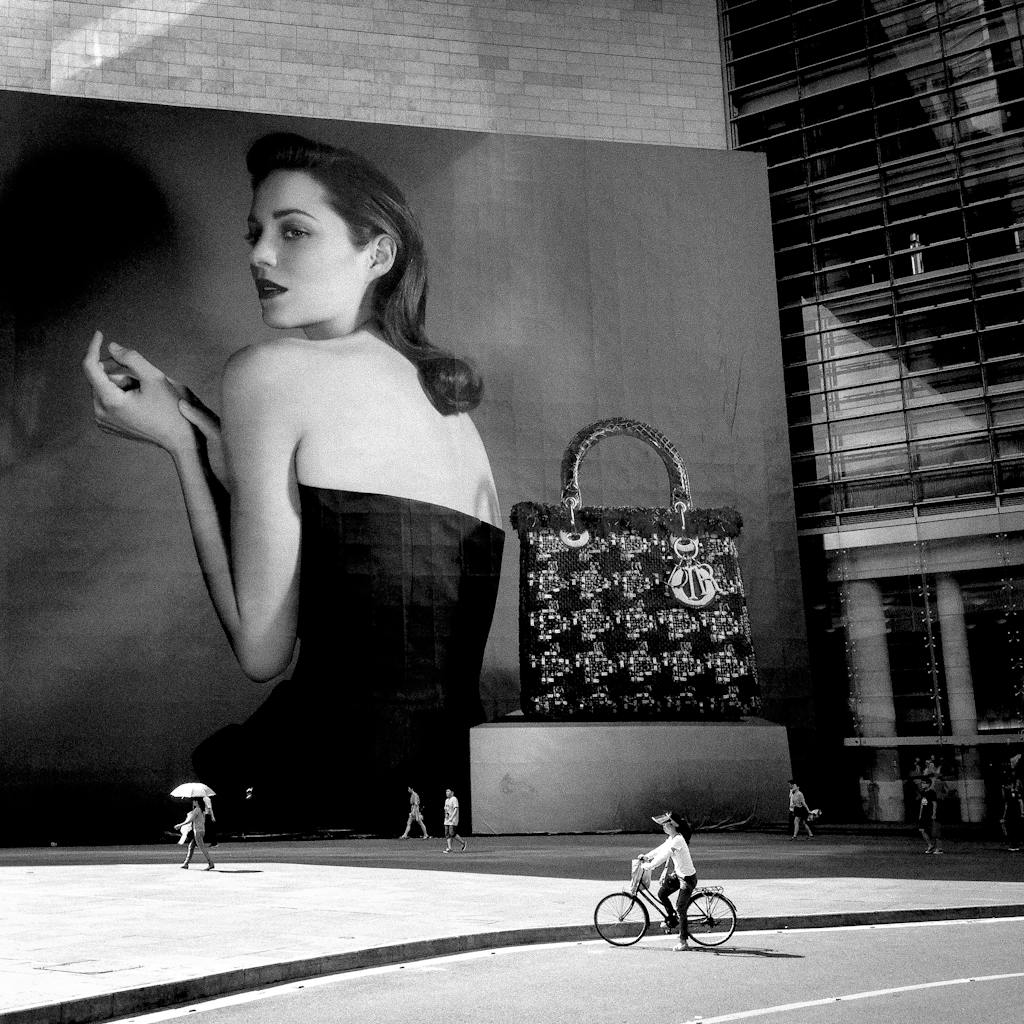
| Key Takeaways: |
|---|
| Fashion photography goes beyond capturing beautiful images, it artistically involves storytelling and showcasing fashion. |
| The fashion photography industry is highly competitive, requiring hard work, staying up-to-date with trends, and building a solid network. |
| Collaboration with models, stylists, and makeup artists is essential to create visually stunning fashion images. |
Mastery of Photography Equipment
Mastering your photography equipment is essential to excelling as a fashion photographer. This includes understanding the basics of photography, learning to use light effectively, and moving beyond auto mode. Let’s explore these critical aspects in more detail.
Starting with the Basics of Photography
Before diving into fashion photography, it’s essential to have a strong foundation in the basics. This includes understanding composition, exposure, and camera settings. Composition refers to how elements are arranged within the frame of a photograph, while exposure determines how light or dark an image appears. You can capture compelling images that convey your creative vision by learning these fundamentals.
Learning to Use Light as Your Ally
Lighting is a crucial element in photography and plays an especially important role in fashion photography. Experimenting with different lighting techniques and understanding how to manipulate light can significantly change the mood and atmosphere of your images. Whether you use natural light, artificial lighting, or a combination of both, learning to use light effectively will elevate the quality of your fashion photographs.
Moving Beyond Auto Mode
While modern cameras offer advanced auto mode features, shooting in manual mode gives you greater control over your camera settings. Manual mode allows you to adjust the aperture, shutter speed, and ISO according to your artistic vision. Mastering manual mode allows you to create unique and impactful fashion photographs tailored to your specific aesthetic preferences.
| Camera Setting | Explanation |
|---|---|
| Aperture | Controls the depth of field, determining how much of the image is in focus. |
| Shutter Speed | Determines the duration of time your camera’s sensor is exposed to light. |
| ISO | Controls the sensitivity of your camera’s sensor to light. |
By understanding and utilizing these manual camera settings, you’ll have the technical skills necessary to achieve your desired results in fashion photography.
Acquiring Fashion Insight
As a fashion photographer, it’s essential to understand fashion deeply. Familiarizing yourself with fashion history is a great way to gain valuable insights into the industry. Explore the different trends and styles that have influenced fashion throughout the years. This knowledge will give you a historical context and help you appreciate fashion’s evolution and its impact on society.
In addition to fashion history, studying the work of iconic fashion designers and fashion icons is essential. These individuals have significantly contributed to the fashion industry and shaped its direction. By exploring their creations and understanding their unique artistic visions, you can gain inspiration and guidance for your work.
Craft a mood board of inspirational imagery to develop your creativity and personal style further. A mood board visually represents the atmosphere, colours, and concepts that inspire you. It is a reference source and helps you stay focused and consistent in your photography. Fill your mood board with images that resonate with your artistic vision and reflect the mood and aesthetics you want to convey in your fashion photographs.
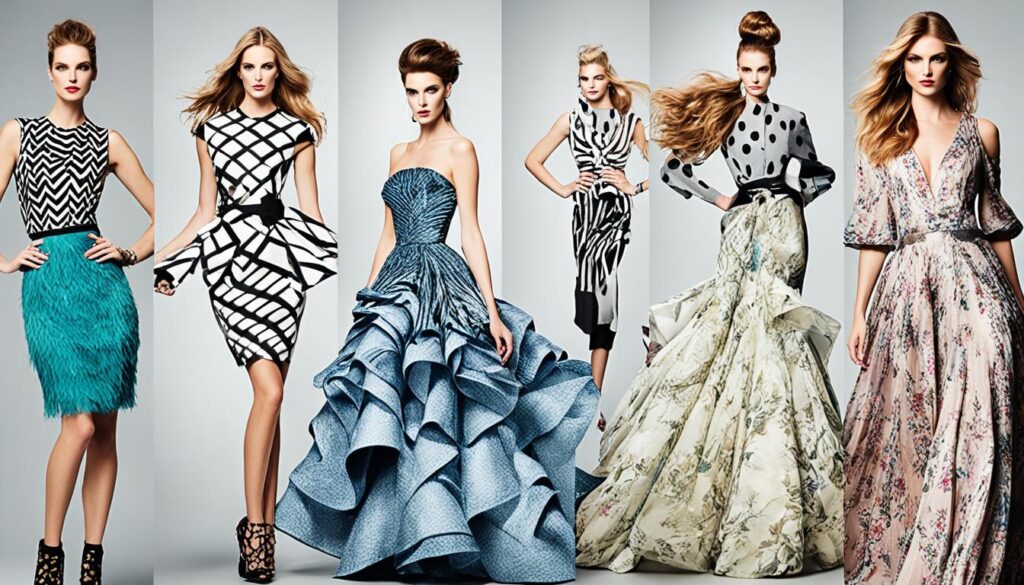
Practical Experience Through Assisting
Gaining practical experience is essential for aspiring fashion photographers. One of the best ways to do this is by assisting established professionals in the industry. Assisting offers valuable learning opportunities and allows you to immerse yourself in fashion photography.
Assisting experienced photographers on set provides firsthand exposure to the on-set protocols and industry practices. You will learn how to navigate the fast-paced and dynamic environment of fashion shoots, understand the importance of effective communication and teamwork, and gain insights into the technical aspects of the craft.
As an assistant, utilise networking opportunities with makeup artists and styling assistants. Building relationships with these professionals expands your network and opens doors to future collaborations and opportunities.

By working closely with makeup artists and styling assistants, you will better understand their roles in the fashion photography process and develop a collaborative workflow. This networking can lead to referrals and recommendations within the industry, further enhancing your career prospects.
Overall, gaining practical experience through assisting is vital in your journey as a fashion photographer. It provides valuable insights into on-set protocols, industry practices, and networking, setting you up for success in the competitive world of fashion photography.
Critical Assessment and Industry Connectivity
Continuous improvement is essential for success as a fashion photographer. Engaging in critical assessment and seeking industry connectivity are key strategies to enhance your skills and advance your career.
Engaging in Constructive Criticism and Self-Improvement
Engaging in constructive criticism is crucial to constantly evolving and refining your work. Assess your photographs objectively, identifying areas for improvement and exploring different techniques and styles. Embrace feedback from industry professionals, allowing their insights to guide your growth as a fashion photographer. By actively seeking self-improvement, you can elevate your skills and produce exceptional work that resonates with clients and audiences.
Finding a Mentor for Guided Feedback
Finding a mentor who can provide guided feedback and advice is invaluable in your journey as a fashion photographer. A mentor can offer personalized insights, helping you navigate challenges and refine your artistic vision. Look for experienced photographers who specialize in fashion photography and whose work you admire. Establishing a mentorship allows you to receive tailored guidance and learn from their vast industry experience.
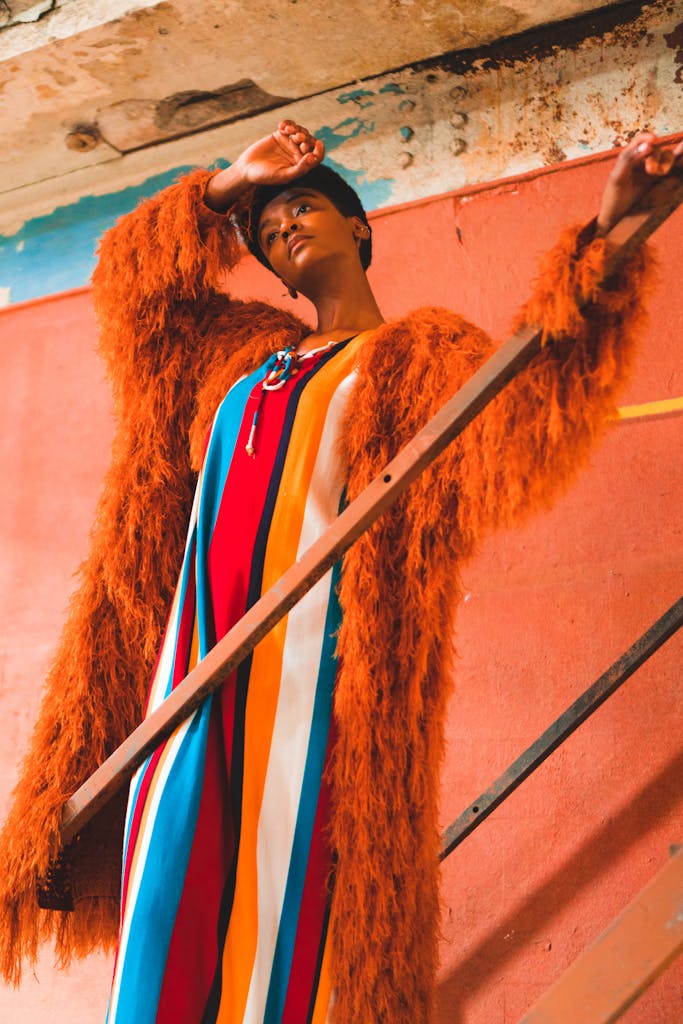
Investing in Specialised Training
Investing in specialised training is crucial to becoming a successful fashion photographer. To enhance your skills and knowledge, you must seek out reputable fashion photography courses that offer comprehensive training in all aspects of the industry. These courses provide valuable insights into various techniques, styles, and trends, equipping you with the necessary tools to excel in the field. Fashion photography demands unique skills, and specialised training can help you master them.
Seeking Reputable Fashion Photography Courses
When searching for fashion photography courses, it is important to choose reputable institutions with a proven track record of success. Look for programs led by industry professionals with extensive experience in the field. These courses should cover various topics, from technical photography skills to creative direction and visual storytelling. Consider reviews and recommendations from industry experts or former students to ensure that the course meets your expectations and provides high-quality education.
Identifying Training with Industry Connections
In addition to comprehensive education, it is crucial to consider fashion photography courses with solid industry connections. These connections provide invaluable networking opportunities, exposure to industry professionals, and potential collaborations. A training program to help you make connections within the fashion industry can open doors and pave the way for future career opportunities. When researching potential courses, look for partnerships with reputable fashion brands, agencies, or renowned photographers. This indicates that the course has established industry connections, enhancing the value of the training and potentially leading to industry recognition.
Continual learning and improvement are vital to staying relevant and competitive in the fast-paced world of fashion photography. By investing in specialised training and selecting courses with industry connections, you position yourself for success, equipping yourself with the skills, knowledge, and industry relationships necessary to thrive in this field.
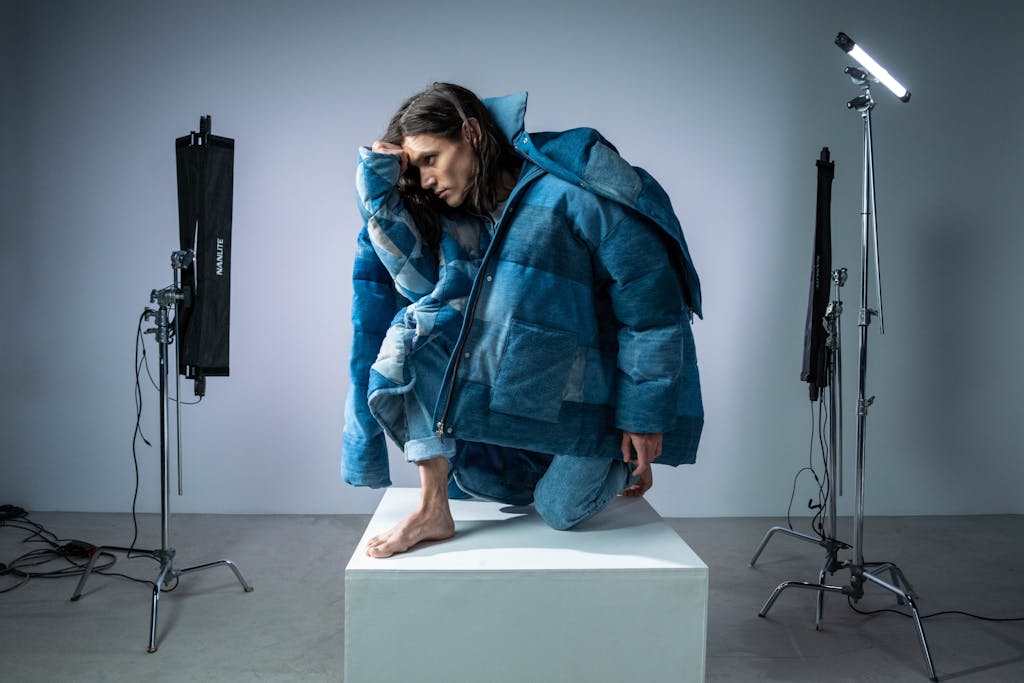
Conclusion
In the competitive world of fashion photography, perseverance and continuous learning are essential for success. Aspiring fashion photographers must remain dedicated to honing their craft and staying updated with the latest trends and techniques. By embracing a mindset of constant growth and improvement, photographers can stay relevant in an ever-evolving industry.
Perseverance and Continuous Learning
Perseverance is the key to overcoming challenges and setbacks in the pursuit of a career in fashion photography. The path may not always be smooth, but aspiring photographers can push through obstacles and reach their goals with determination and resilience. Additionally, a commitment to continuous learning is crucial. Photographers can adapt to changing industry trends and refine their skills by staying curious and open-minded.
Building a Unique Portfolio and Personal Brand
A unique portfolio is a powerful tool for showcasing individual style and vision. Aspiring fashion photographers should curate a collection of their best work, carefully selecting images highlighting their creativity, technical ability, and understanding of fashion. This portfolio will serve as a calling card, demonstrating what differentiates them from potential clients and collaborators.
Furthermore, establishing a solid personal brand is essential in the fashion photography industry. By developing a clear and consistent online presence through a website and social media channels, photographers can attract the attention of industry professionals and build a loyal following. A well-crafted personal brand communicates professionalism, expertise, and a distinct visual identity.
In conclusion, becoming a successful fashion photographer requires perseverance, continuous learning, and the development of a unique portfolio and personal brand. By embracing these key elements, photographers can navigate fashion photography’s exciting and competitive world, paving their way to a fulfilling and lucrative career.
FAQ’s
Q: How can I become a fashion photographer?
A: To become a fashion photographer, you should start by networking with others in the industry, developing your unique style, and building a solid portfolio of fashion photography work.
Q: What tips do you have for starting a career in fashion photography?
A: Some tips for starting a career in fashion photography include working on test shoots, reaching out to fashion magazines and editors, and showcasing your work on platforms like Instagram.
Q: How can I break into the fashion photography industry?
A: Breaking into fashion photography involves networking with designers and fashion professionals, collaborating on projects, and constantly refining your craft to stand out in the competitive industry.
Q: What are some common styles of photography in the fashion industry?
A: Common styles of fashion photography include editorial, portrait, and campaign photography, each with its own unique requirements and techniques.
Q: Do I need to have knowledge of fashion to work as a fashion photographer?
A: While having a basic understanding of fashion can be beneficial, what is most important is having a keen eye for style, lighting, and composition to create striking fashion photography.
Q: How important is retouching in fashion photography?
A: Retouching is an essential aspect of fashion photography to enhance images, correct imperfections, and create a polished final look that meets the standards of fashion magazines and brands.
Q: Should I be prepared to move for a full-time career in fashion photography?
A: Yes, being prepared to move to different locations is often necessary for a full-time career in fashion photography, as opportunities may arise in different cities or countries based on industry demand.


